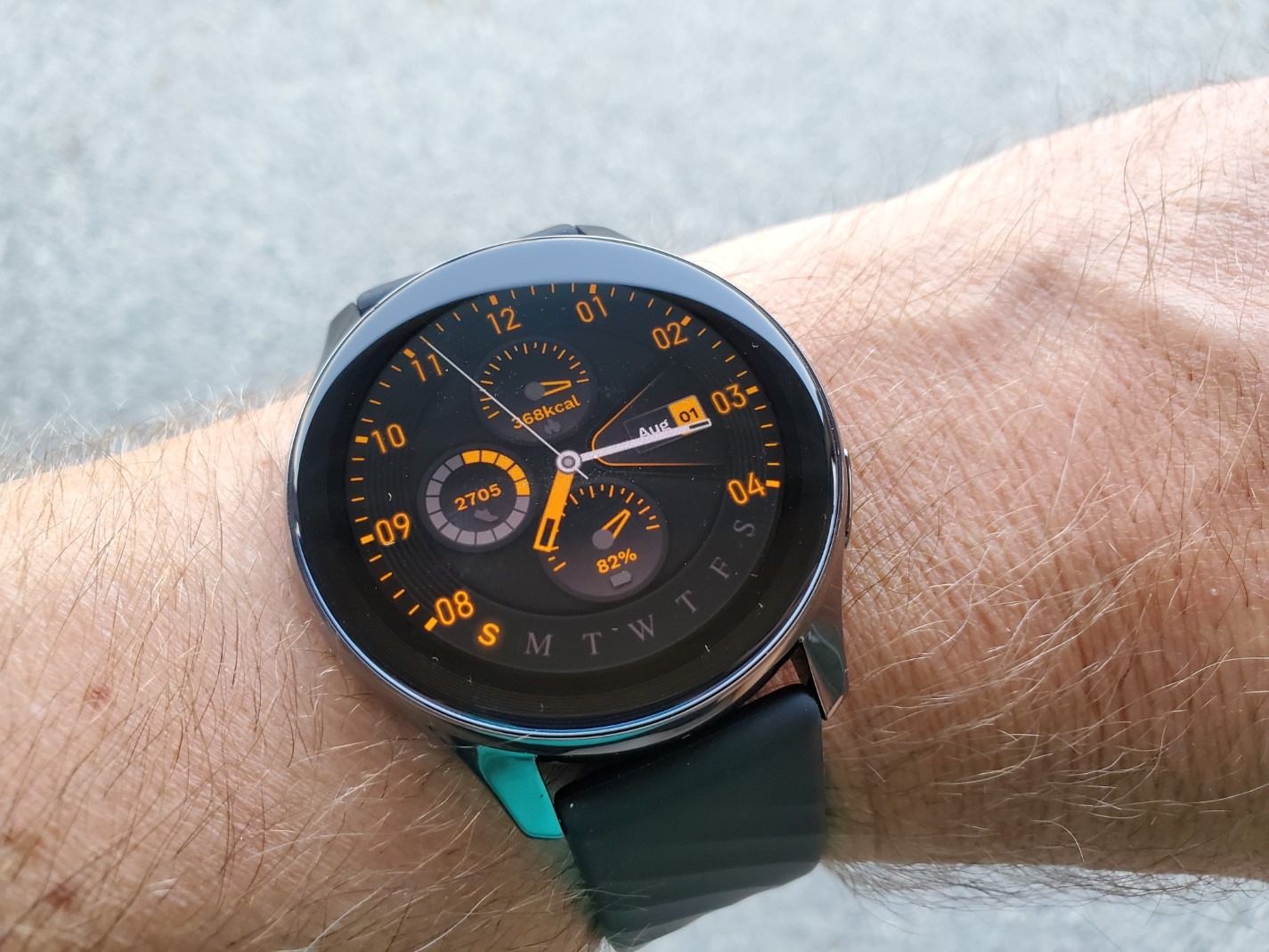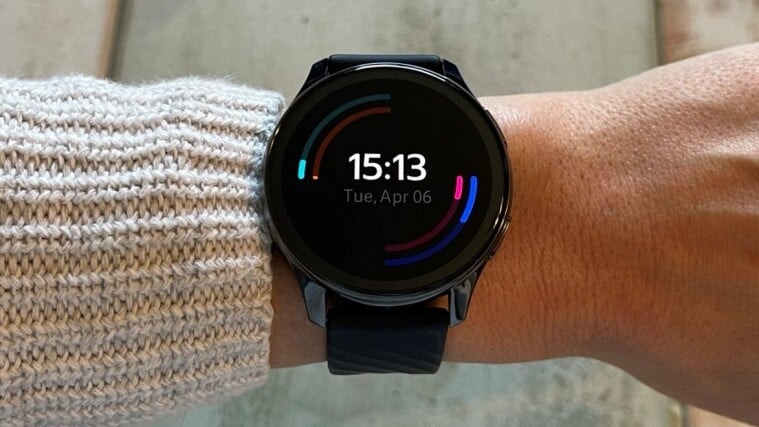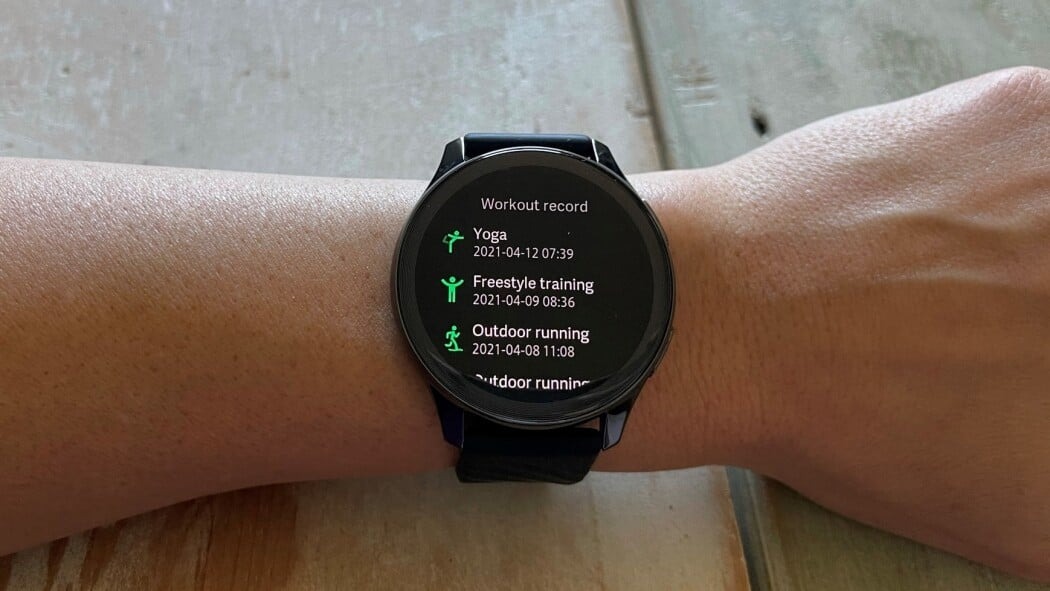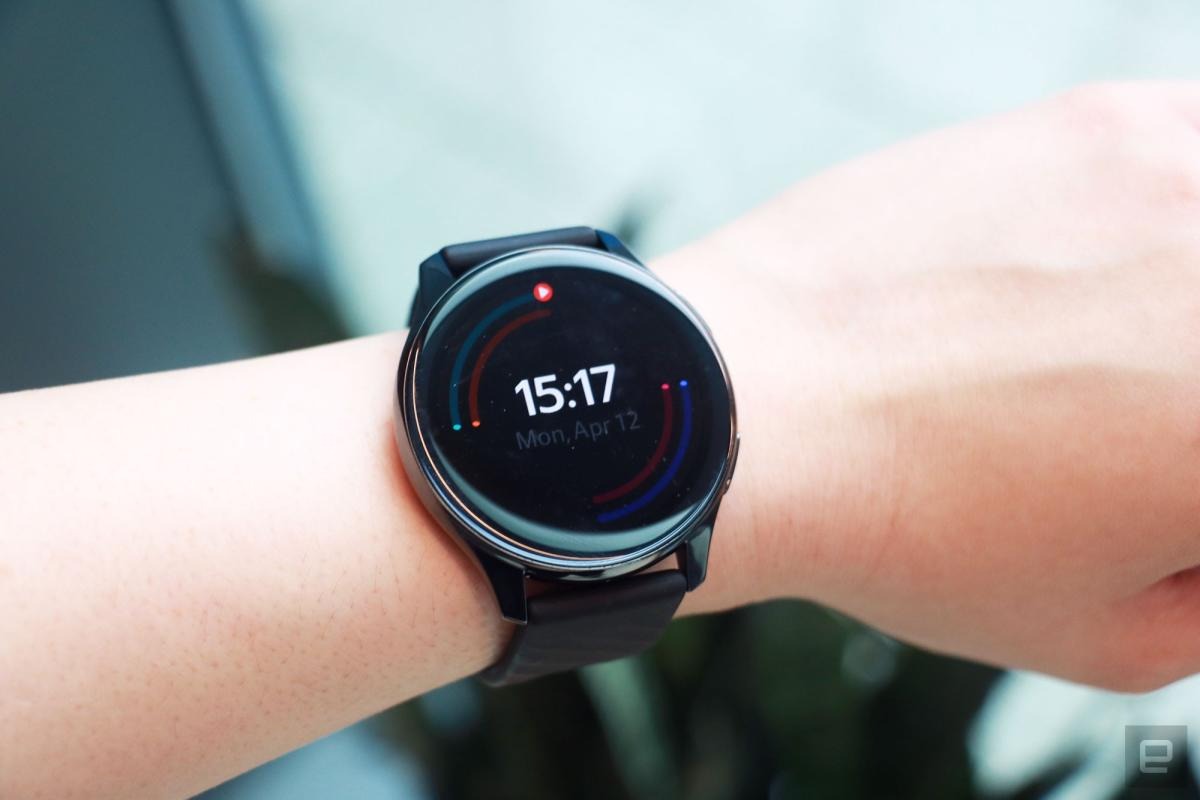OnePlus’ Smartwatch dreams have been brewing for years. In former global director Carl Pei tweeted sketches of a wearable device that the company had been working on for at least a year, but this device was never developed. Five years after, the world of wearables is very different. Apple, Samsung and Fitbit devices have matured and found their identity, while Wear OS seems to be in the doll.
This is the industry that OnePlus is entering, and it clearly needs a way to stand out. Instead of relying on Google’s Wear OS for its Smartwatch debut, the company has created its own software. This is not the only differentiator: the company’s phones are known for their fast powering technology and have cleverly transferred it to the OnePlus Watch. Modern smartwatches take a long time to repower, but OnePlus promises juice for a week in just 20 minutes. And its price of 159 is another advantage. But with a completely new operating system and nothing else unique, the OnePlus Watch struggles to compete with the competition.

Design and material
First of all, the Design. OnePlus is starting off on the wrong foot here, and not just because the watch is too big for my wrist. The biggest problem is that there is only one size. I understand that OnePlus may not have the production capacity to offer different versions, but this is not a very complete approach. At 46 mm, the OnePlus Watch matter basically covers my entire wrist and will probably be too big for most people with thin arms. At least the matter is not too thick. This is about the same height as the Galaxy Watch Active 2 and the Apple Watch se.
My examination unit also came with a strap that was still too loose for me at its narrowest point. This meant that I had to keep pushing the watch towards my forearm during the exercise, otherwise I would not get accurate heart rate measurements. I also wish the strap had a buckle closure instead of the unwieldy pinhole method, which makes it difficult to put on. These complaints aside, the OnePlus Watch is a clean-looking device. I’m not particularly impressed with its basic design, but others have commented on how beautiful they thought it looked.

It could have something to do with the OnePlus Watch’s 1.39-inch AMOLED display, which is visibly roomy and easy to read. I have no problems with the display itself, but I am disappointed that there does not seem to be an Always-on mode. Combined with the fact that the maximum screen timeout option is only 8 seconds, this means that I was often looking at a black circle.
Establishment and monitoring of health
Before we go too far, it’s important to point out that the OnePlus Watch currently only supports Android devices. You will need to install the OnePlus Health app from the Play Store to manage your watch and synchronize data. This application looks aesthetically pleasing but does not seem refined. Things are not where you expect them to be. There are three health, fitness and management catch’s at the bottom, and most of your watch settings can be found in the latter section. But there is also a small icon at the top right of the screen that looks a bit like a gear, and some parameters, such as your favorite units of measurement, should be set there instead.

If you want to view your saved workouts, you can see them under health. But the Organization is a little weird. This page shows your progress on things like sleep, heart rate, blood oxygen and Stress for the day, with a map for “workout logs” at the end. This brings you to all the workouts ever recorded in the app, with the total number of minutes, sessions and calories burned at the top.
You can sort this by type of exercise, such as running, cycling or Yoga. Below is a reverse chronological list of your sessions so far, and you can tap on each of them for more details. If you want to see your activity time or training progress for the week, you must return to the health page and tap on the daily report card at the top. However, this does not allow you to view the details of individual workouts. It’s just really awkward navigation all around.
In addition, the Fitness section will only show you your recorded runs and walks — nothing else. Most of the screen here is dedicated to a placeholder for a map, with a Google Maps Logo at the bottom and a dot that seems to indicate where you are. But in my testing days, I never saw a real map. It was only after tapping on each recorded walk that I finally saw my route. OnePlus said that a solution is coming to solve this problem, although I haven’t received it yet. In addition, the watch did not follow my path closely and missed a detour that I made around an entire city block. On the other hand, the Apple Watch se AND THE Galaxy Watch Active 2 mapped my trip correctly.



